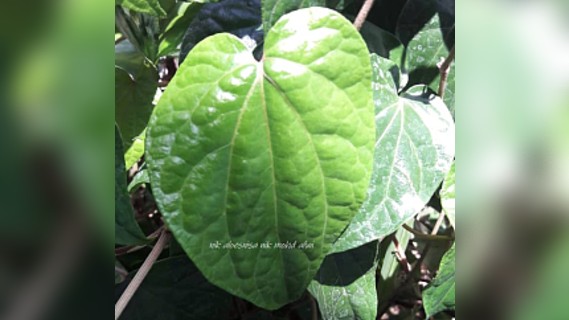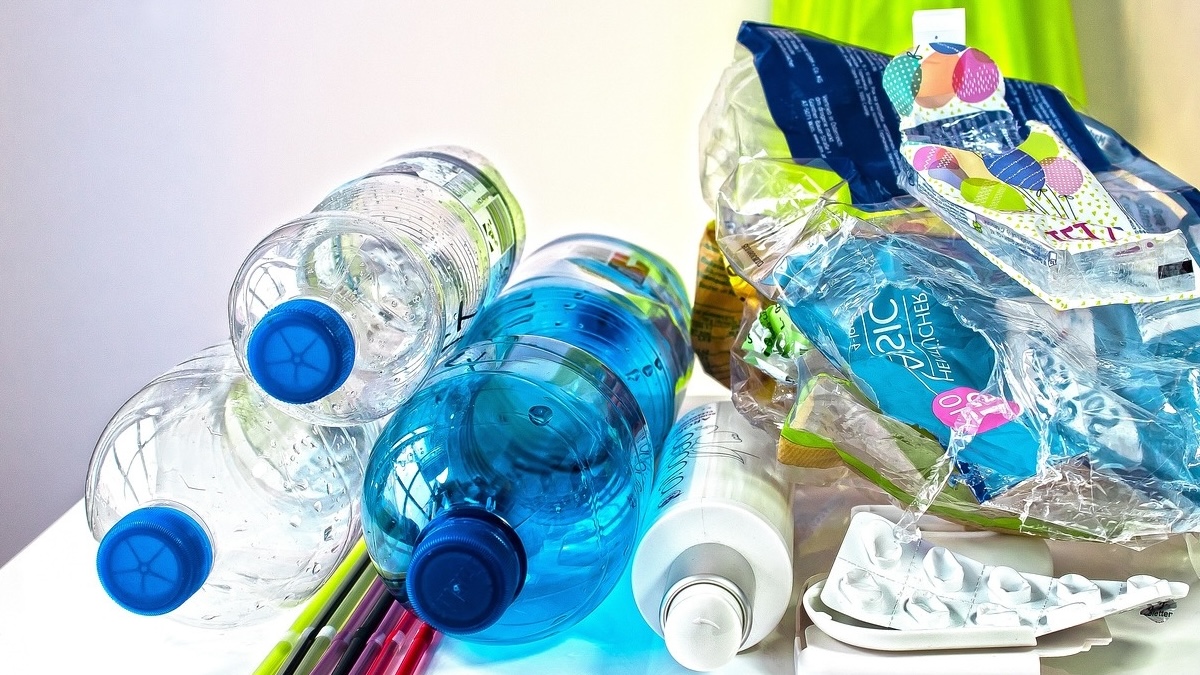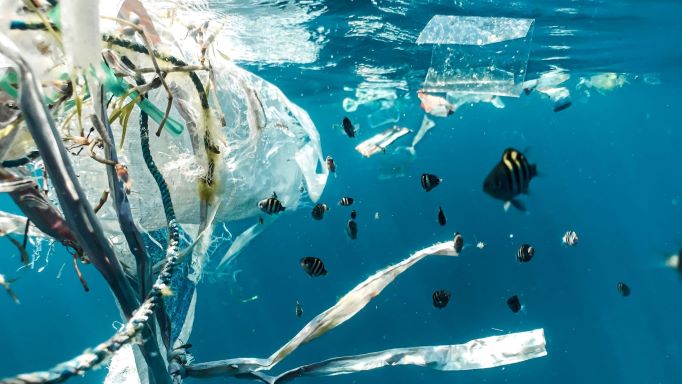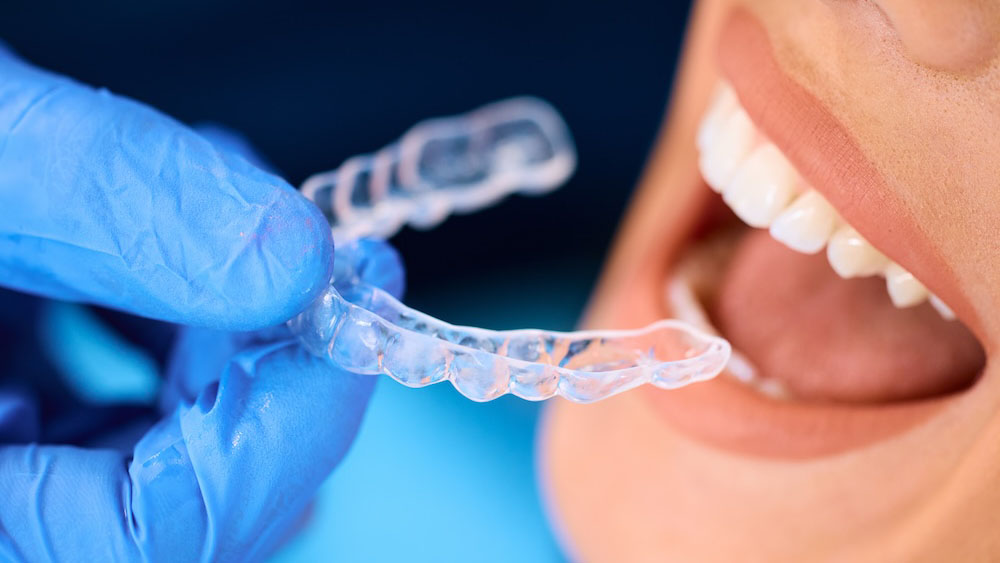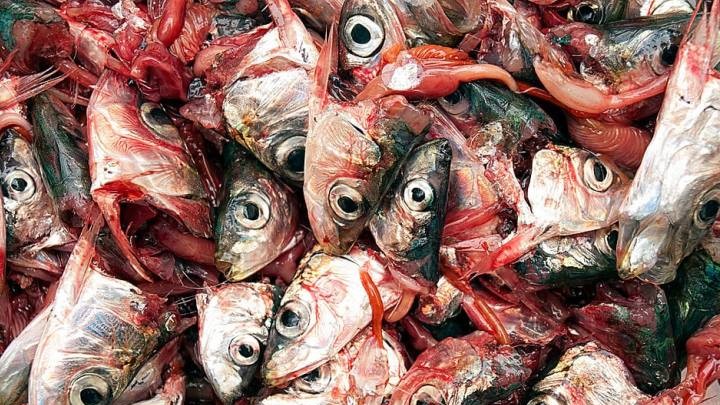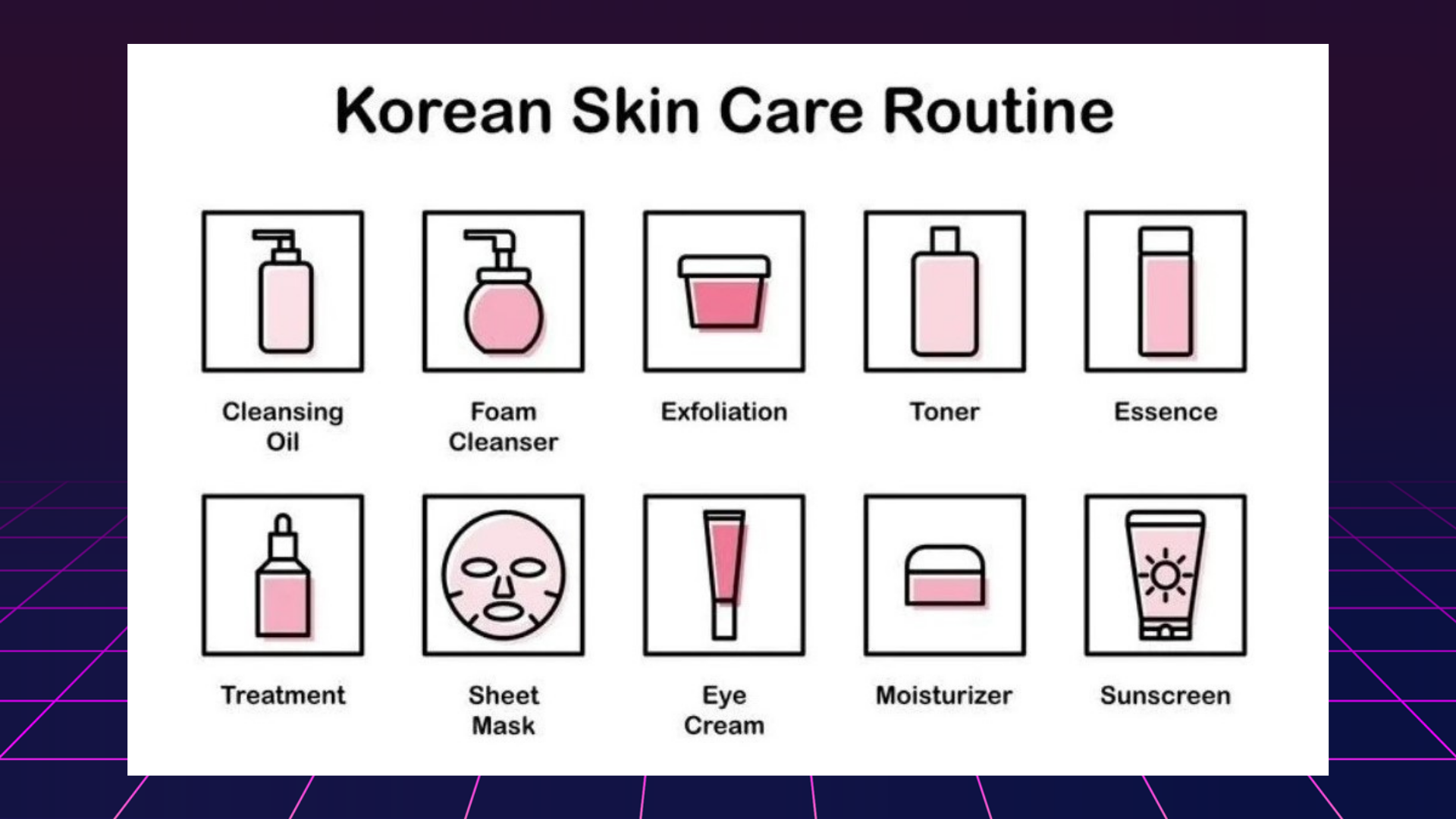Maybe you have seen those “BPA-Free” stickers on plastic water bottles before. Having them labeled that way makes it seem like a dangerous chemical, but you can find BPA in the majority of plastic goods and containers. The only thing that the phrase "BPA-free" can signify is that the product does not contain BPA. Anyway, how bad can BPA be? Even though there has been a fair amount of research on BPA, we still don’t know if it is completely safe.
What is Bisphenol A (BPA)?
BPA is an odorless solid that can mix with organic solvents and dissolve in water. In a 2:1 ratio, phenol and acetone combine to make BPA. By combining phenol and acetone in the presence of a strongly acidic ion exchange resin catalyst, BPA is changed. BPA's molecular structure is made up of a central carbon atom that is shaped like a four-sided pyramid, two phenol groups, and two methyl groups. The compound works as a monomer, which is needed to make epoxy resins and polycarbonate plastics.
In 1957, BPA production started in the United States, and in 1958, it began in Europe. The growth of BPA production around the world has been estimated to be between 5% and 10% per year, with China having the most growth among BPA users. During 2013–2019, the global BPA market show strong demand for the product, and it is expected to grow at a compound annual growth rate (CAGR) of about 4.7% during the forecast period. The global BPA market was worth about USD 10.92 billion in 2020. With the increase in demand for BPA in the auto industry, the market is expected to grow at a CAGR of 7.8 % between 2021 and 2026, reaching a value of USD 30.62 billion by 2026.
BPA is an important part of the process of making polycarbonate and epoxy resin. Polycarbonate resin is resistant to fire, electricity, and heat, among other things. Polycarbonate resin is used to make electronic parts, pipe lining, safety glass, food containers, baby bottles, plastic water bottles, and hygiene products. In the same way, epoxy resins can be used to make a wide range of things like flooring, paints, coatings, adhesives, and the insides of canes. Since BPA is mostly used to make polycarbonate and epoxy resin, rising demand for these products will drive the BPA market in the years to come.
The global BPA market is growing because the automotive industry needs more BPA. Polycarbonate resin is also used to make headlights, bumpers, and dashboards for cars. As the population grows and more people need to get around, there will be more demand for passenger vehicles. This is expected to be good for the growth of the industry. As digitalization and urbanization continue to grow, polycarbonate plastic will be used more and more to make electronic devices like smartphones. This is expected to drive market growth. Also, the growing demand for plastics made with BPA to make industrial machines and electronic parts is likely to help the market grow in the coming years.
BPA has become present in the environment due to high production, and consumption. BPA is an endocrine–disrupting compound for human health, flora, and fauna. Most of the BPA that the industry puts into the environment ends up in landfills, where it can get into the water. The release of industrial or household sewage effluent has put BPA into the environment. The highest concentrations of BPA have been found in wastewater, samples of sewage, leachate, and potable or natural mineral water. Most BPA pollution happens in rivers and lakes. Because of how the treatment process works, BPA can be found in the wastewater from factories, which hurts aquatic life.
The study on BPA in water is important, especially when it's used for drinking. Malaysia gets more than 93% of its potable water from rivers, which are mostly treated using traditional methods. In 2012, V. Santhi and her teams [1] looked into the amount of BPA in the surface water used in the Langat River basin in Malaysia. BPA was found in 93% of the surface water samples, with levels ranging from below the limit of quantification (1.3 ng/L to 215 ng/L). Samples taken near industrial and municipal sewage treatment plant outlets showed six times higher levels. BPA levels in tap water ranged from 3.5 to 59.8 ng/L, with the highest levels found in samples taken from taps connected to polyvinyl chloride (PVC) pipes and water filter devices. The study shows that BPA is a common kind of pollution in water.
Effect of BPA on human health
As an endocrine disruptor, BPA can have negative effects on human health even at very low levels. BPA has a similar structure to oestradiol and diethylstilbestrol (DES), so it can stimulate a cellular response by binding to estrogen receptors. Human studies on the health effects of BPA showed that even at low doses, it can have a big effect on how the body works. Studies have shown that BPA can act like some hormones, like estrogen, and this can lead to several health problems, such as low sex-specific neurodevelopment, uterine cancer, immune toxicity, neurotoxicity, and interference with cellular pathways.
When the amount of BPA in the body went up, it was found to affect the male reproductive organs by lowering the number of sperm made each day, how well they moved, and how much they made. BPA affects the hypothalamic-pituitary-testicular axis and changes spermatogenesis in humans. In women, BPA exposure is linked to less implantation and polycystic ovarian syndrome (PCOS). This is strong evidence that BPA is toxic to the ovaries, uterus, and prostate. Changes in female reproductive development, fertility, and placental function led to changes in hormonal balance and metabolic problems, such as early puberty, irregular periods, a higher risk of endometriosis, a higher failure rate of implantation, and ineffective gonadotropin fertility treatment [2].
Reports pointed to a possible link between BPA exposure and high blood pressure, and it has a big effect on the cardiovascular system when there isn't enough oxygen in the air. BPA affects angiogenesis by making more vascular endothelial growth factors, which leads to uncontrolled neovascularization and a thickening of the walls between the ventricles. Workers who mostly make plastic products like PVC gloves, epoxy paints, adhesive tapes, and dental sealants have reported rare cases of skin allergies. Some of the skin symptoms are rashes on the hands, legs, or face. BPA also affects the development of the thyroid and hypothalamic pituitary testicular axis by changing the way hormones are made and causing the thalamus and spleen's endocrine systems to break down. Even in very small amounts, BPA can have bad side effects and may cause prostate cancer cells to grow and spread and heart problems. Exposure to BPA is a cause for concern because it might harm the brain and prostate gland of foetuses, babies, and young children. Even though BPA is quickly changed by the body and excreted in the urine, levels of unconjugated BPA found in biomonitoring studies suggest that people are at risk from exposure to BPA in the environment [3].
Banning BPA campaign
The effort to prohibit BPA was started so that we may minimize the amount of BPA that is used in our everyday lives. The use of polycarbonate bottles that contain BPA was made illegal in Malaysia on March 15, 2011. The prohibition was put into effect in March of 2012. Because of the potential danger that BPA poses to the developing hormone systems of infants, the decision was made to outlaw the use of these feeding bottles. No one is allowed to import, produce, offer for sale, or sell feeding bottles that contain BPA, as stated in Section 27A of the Food Regulations 1985. The phrase "BPA free" may be labeled on the feeding bottles themselves or on the packaging of the feeding bottles that do not contain BPA. This applies to both single-use and multi-use feeding bottles.
However, according to the findings of research that was conducted by the Consumer Association of Penang in conjunction with the International Pollutants Elimination Network (IPEN), BPA was found in each of the 9 samples of polycarbonate bottles that were evaluated. The amounts of BPA that were found in the samples varied from 0.3 to 5.8 parts per billion (ppb). There was discovered to be 2.6 ppb of BPA in one of the samples, which was a newborn feeding bottle produced in China. In addition to that, the bottle had a label that said it was "BPA free." Since this was the case, the item violated not just the Food Regulations of 1985 but also the Trade Description Act of 1972. It is astounding that so many goods were mislabelled as being free of BPA when they contained the chemical. Concerned parents are being duped into purchasing items that are potentially hazardous to their children's health. There is a need for stringent regulations on the labeling of harmful substances found in consumer items.
In conclusion, the Food and Drug Administration (FDA) has agreed to re-evaluate the safety of using BPA in polycarbonate plastics, metal can coatings, and other food-contact materials, possibly paving the way for stricter new restrictions on the dangerous chemical. The FDA's decision is in response to a petition for an additive submitted by a coalition of doctors, scientists, public health, and environmental groups. The FDA must issue a final determination by October 31, 2022, under the statute. The Environmental Defense Fund (EDF), Breast Cancer Prevention Partners (BCPP), Clean Water Action/Clean Water Fund, Consumer Reports, Endocrine Society, Environmental Working Group (EWG), Healthy Babies Bright Futures (HBBF), EDF consultant Dr. Maricel Maffini, and Dr. Linda Birnbaum, former director of the National Institute of Environmental Health Sciences and National Toxicology, submitted the petition and supplement in January and April, respectively.
Should we, then, be worried about the existence of BPA? If we are concerned about the status of our health, we need to be aware of the potential risks associated with BPA. We, as consumers, need to make significant adjustments, such as switching out some of the plastic goods we use every day for alternatives made from materials other than plastic.
References:
1. Santhi, V. A., Sakai, N., Ahmad, E. D., & Mustafa, A. M. (2012). Occurrence of bisphenol A in surface water, drinking water, and plasma from Malaysia with exposure assessment from consumption of drinking water. Science of The Total Environment, 427-428, 332–338.
2. Abraham, A., & Chakraborty, P. (2019). A review on sources and health impacts of bisphenol A. Reviews on Environmental Health, 0(0).
3. Ohore, O. E., & Songhe, Z. (2019). Endocrine disrupting effects of bisphenol A exposure and recent advances on its removal by water treatment systems. A review. Scientific African, 5, e00135.



